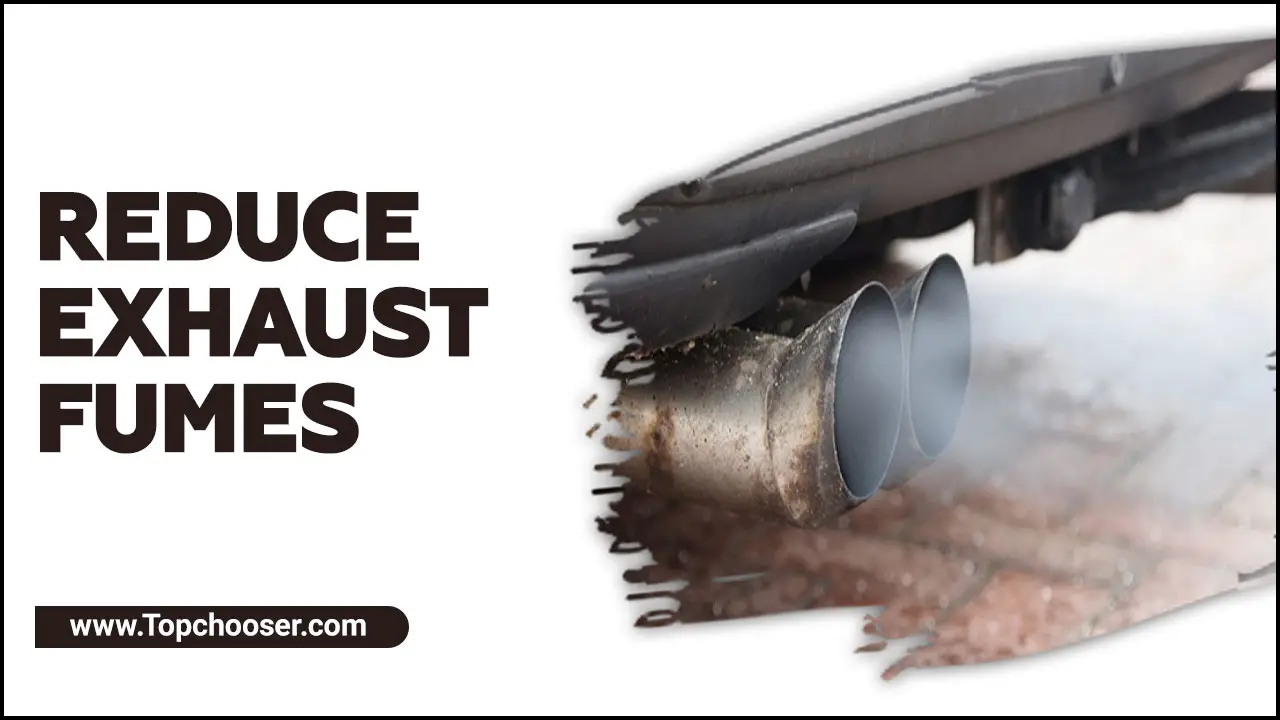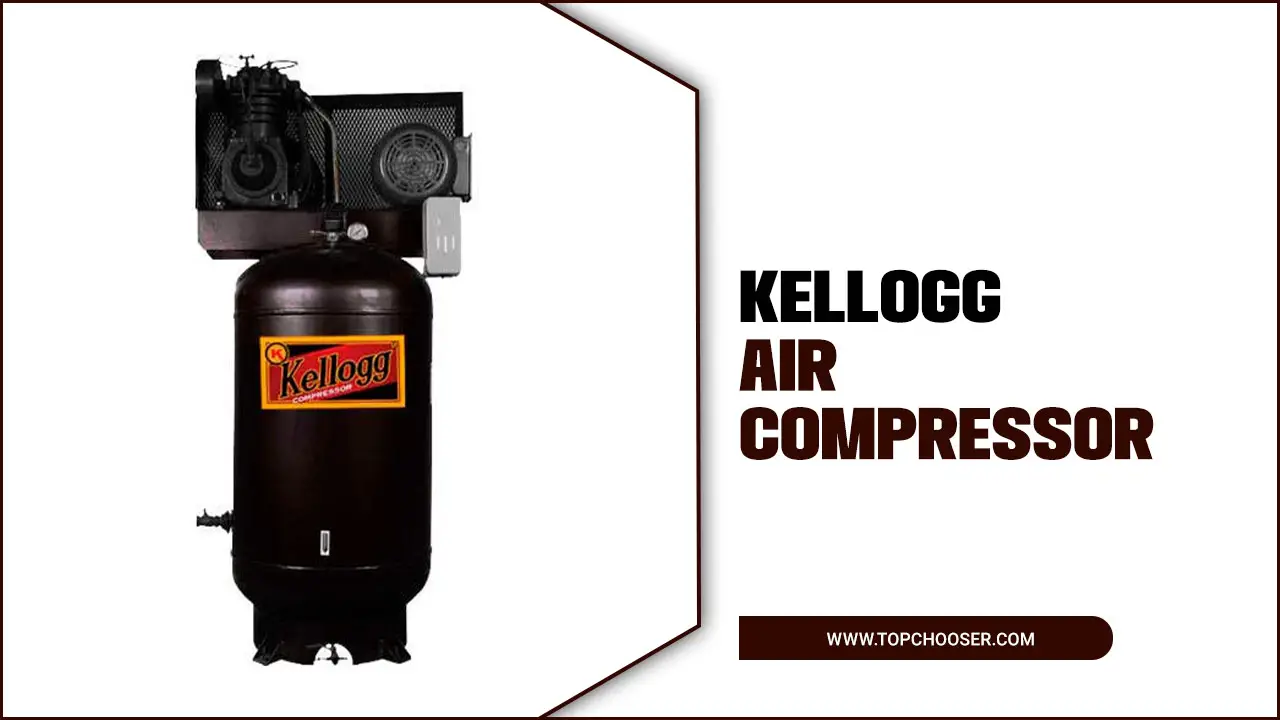Have you ever wondered where toilet paper comes from? It’s a simple question, but the answer might surprise you.
Toilet paper is something we all use every day. But how often do we think about its journey? Imagine walking through a forest. You see tall trees standing proud. Those trees are an important part of making toilet paper.
Most toilet paper starts as wood. Manufacturers chop down trees, usually from special farms. They don’t just use any tree; they choose trees that grow quickly. This helps protect our forests.
Once the trees are cut, they go through machines. These machines turn wood into soft, fluffy paper. It’s a bit like turning a crunchy apple into smooth applesauce. Isn’t that a cool transformation?
Next time you reach for that roll in the bathroom, think about its journey. Understanding where toilet paper comes from helps us value it even more. So, what else can we learn about this everyday item? Let’s dive in and explore together!
Where Does Toilet Paper Come From And Its Origins

Where Does Toilet Paper Come From?
Toilet paper has an interesting journey before it reaches your bathroom. Most of it starts from trees. Companies cut down soft trees like spruce and pine to make the paper. After chopping, they strip the bark and grind them down into pulp. This pulp is cleaned and dried, forming large rolls of toilet paper. Here’s a fun fact: Did you know that some brands use recycled paper too? Always think twice about where your toilet paper comes from!History of Toilet Paper
Early forms of toilet paper in ancient civilizations. Evolution of toilet paper through the centuries.Toilet paper has a long history. In ancient times, people used many different materials. For example, the Romans used sponge on a stick dipped in salt water. Others used leaves, grass, or water. As time went on, toilet paper changed a lot. In the 14th century, China made the first paper specifically for this purpose. It became widely popular in the 19th century when companies began to sell rolled toilet paper in stores.
What were the early forms of toilet paper?
Early forms included:
- Sponges in ancient Rome
- Leaves, stones, and corn cobs
- Soft grass and water in many cultures
How did toilet paper evolve over the years?
The evolution included:
- 14th century: First paper made in China
- 19th century: First commercial toilet paper
- 20th century: Introduction of soft, perforated rolls
Materials Used in Toilet Paper Production
Common raw materials (wood pulp, recycled fibers). Differences between virgin and recycled toilet paper.Toilet paper is made from a few key materials. The main ones are wood pulp and recycled fibers. Wood pulp comes from trees, while recycled fibers are made from used paper products. There are two types of toilet paper: virgin and recycled. Virgin toilet paper uses only new materials, making it softer. Recycled toilet paper is good for the environment, as it helps reduce waste. Choosing between them can depend on your needs and values.
What are the materials used in toilet paper?
The materials include:
- Wood pulp: Comes from fresh trees.
- Recycled fibers: Made from old paper products.
What is the difference between virgin and recycled toilet paper?
Virgin toilet paper is softer and made from new materials. Recycled toilet paper is eco-friendly and saves paper waste.
Manufacturing Process of Toilet Paper
Stepbystep breakdown of the production process. Innovations in toilet paper manufacturing.Ever wonder how that fluffy roll makes it to your bathroom? First, trees are cut down, and wood is processed into pulp. After that, water and chemicals help break it down into a mushy mix. This goes through big machines that press it flat and dry it out. Finally, it gets rolled up like a cozy blanket. New tech is changing things too! Eco-friendly options use less wood and even recycle old paper. Who knew saving trees could be so soft, right?
| Step | Description |
|---|---|
| 1 | Cutting down trees |
| 2 | Turning wood into pulp |
| 3 | Mixing with water and chemicals |
| 4 | Pressing and drying |
| 5 | Rolling it up |
Environmental Impact of Toilet Paper
Deforestation concerns and sustainable practices. Biodegradability and waste management.Using toilet paper comes with some serious environmental drama. Did you know that the production mostly leads to deforestation? Trees vanish faster than your favorite snack at a party! But wait! There’s hope. Sustainable practices, like bamboo toilet paper, can save the day. It’s fast-growing and helps us hug the planet, not squeeze it.
Also, toilet paper is biodegradable, unlike my cousin’s old gym socks. This means it breaks down easily. Proper waste management is key, though. Let’s not flush our forest friends down the drain!
| Environmental Factor Traditional Toilet Paper Bamboo Toilet Paper | ||
|---|---|---|
| Deforestation | High | Low |
| Biodegradability | Medium | High |
| Waste Management Efficiency | Low | High |
Global Toilet Paper Market
Major producers and brands in the industry. Trends in consumer preferences and usage.The global toilet paper market is vast and diverse. Major producers include big names like Procter & Gamble and Kimberly-Clark. These companies create popular brands like Charmin and Scott. Recently, many consumers prefer eco-friendly options like bamboo toilet paper. People are more aware of the environment. Some trends show increased demand for softer, thicker rolls. Toilet paper remains a crucial household item worldwide.
What are the main brands of toilet paper?
Popular brands include Charmin, Scott, and Cottonelle.Key Factors in Consumer Preference:
- Eco-friendly products
- Softness and quality
- Price and bulk options
Alternatives to Traditional Toilet Paper
Ecofriendly options (bidets, reusable cloths). Innovations in toilet hygiene products.There are fun ways to clean up without relying on traditional toilet paper! One cool option is using a bidet. This handy gadget sprays you with water, giving you a fresh feeling and saving trees too! Another choice is reusable cloths. They are soft and can be washed for next time. However, you might want to label them clearly—no one wants to mix them up with dish towels! Who knew staying clean could be this eco-friendly and amusing?
| Alternative | Benefits |
|---|---|
| Bidets | Water-efficient and gentle on skin! |
| Reusable Cloths | Eco-friendly and saves money! |
Future of Toilet Paper Production
Emerging technologies and materials. Predictions for the toilet paper industry sustainability efforts.New technologies are changing how we make toilet paper. Companies explore using bamboo, hemp, and recycled paper. These materials are eco-friendly and help save trees. Many believe that by 2030, the industry will focus more on sustainable practices. They want to use less water and energy in production. This shift may create a cleaner planet for the future.
What are some future trends in toilet paper?
More brands will likely switch to sustainable materials like bamboo and recycled paper. This will help reduce waste and protect forests. Aiming for fewer resources, companies may also invest in new technologies for better production.
Potential advancements include:
- Using biodegradable materials
- Developing efficient recycling processes
- Implementing energy-saving production methods
Conclusion
Toilet paper comes from trees processed into soft sheets we use daily. Manufacturers cut wood into small pieces, cook them, and flatten the pulp. To learn more, you can read about the importance of recycling and choosing sustainable products. Next time you reach for that roll, remember the journey it took to arrive in your bathroom!FAQs
What Materials Are Commonly Used In The Production Of Toilet Paper?Toilet paper is mostly made from wood pulp. This comes from trees, like pine and spruce. Some toilet paper also uses recycled paper. This means it uses old paper products to make new ones. The goal is to create soft and strong sheets for you to use.
How Is Toilet Paper Manufactured From Raw Materials To The Final Product?Toilet paper is made from trees or recycled paper. First, we turn the raw materials into pulp by breaking them down. Then, we press the pulp flat and dry it to create large sheets. After that, we cut the sheets into smaller sizes and roll them up. Finally, we pack the rolls so that they can be sent to stores for you to buy!
What Environmental Considerations Are Associated With The Production Of Toilet Paper?When we make toilet paper, we cut down lots of trees. This can harm animals and their homes. It also uses a lot of water and energy, which can pollute our planet. You can help by using recycled toilet paper. This way, we save trees and take care of nature!
How Has The Demand For Toilet Paper Influenced The Sourcing Of Its Raw Materials Globally?The demand for toilet paper has grown a lot, especially during times when people worry about supplies. Because of this, companies need more raw materials like trees and recycled paper. They sometimes look for these materials in different countries to keep up with the high demand. This means we see more forests used for paper, and recycling programs become more important. We all need to think about how we use and save resources!
What Alternative Products Are Available To Traditional Toilet Paper, And What Are Their Origins?There are several alternatives to traditional toilet paper. One option is reusable cloth wipes, which you can wash and use again. Another choice is bamboo toilet paper. Bamboo grows quickly, so it’s nice for nature. We can also use bidets, which are devices that spray water to clean you. All of these options help reduce waste and can be more eco-friendly!








